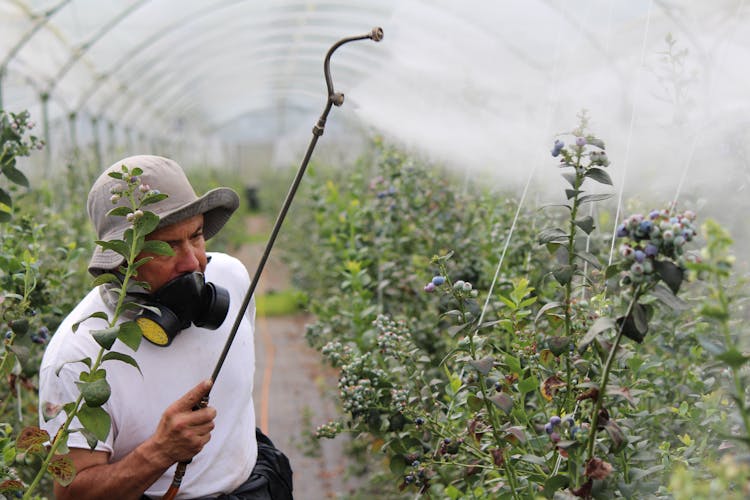All Categories
Featured
Table of Contents

Pesticides, designed to target specific agricultural pests, often inadvertently affect non-target wildlife. The consequences for biodiversity and ecosystem health can be profound and far-reaching.
Research into the impact of chemical pest control on natural habitats has consistently shown deleterious impacts. A range of species from bees to amphibians to birds have all been affected, with issues ranging from altered reproductive patterns to mortality.
One of the most concerning phenomena linked to pesticide exposure is the decline in bee populations. Bees, essential for the pollination of many crops and wild plants, have been showing up in fewer numbers, with their ability to return to their hives compromised. This decline not only impacts food production but equally threatens natural vegetative growth.

The Risk Factors of Pesticides on Natural Habitats
The toxic effects of pesticides can be direct or indirect, causing immediate death or long-term health issues. For example, insecticides meant to target pests like locusts and mosquitoes can also cause collateral damage to beneficial insects, upsetting the natural balance in the ecosystem.

Aquatic systems are particularly vulnerable. Pesticides can wash into streams, rivers, and oceans, affecting fish, amphibians, and the invertebrates that form the foundation of aquatic food webs. Learn About Pesticide Impacts on Stream Fauna - $46.30
Amphibians, whose permeable skin makes them particularly vulnerable to pollutants, experience severe effects from these chemicals. Studies suggest that exposure to even low levels of pesticides in water can lead to anomalies, reproductive issues, and immune deficiencies in these species.
The Financial Consequences of Wildlife Decline due to Pesticides
The economic implications of pesticide use extend beyond the immediate costs of purchasing and applying these chemicals. Pesticide Impact on Wildlife Populations Loss of crucial pollinators like bees can lead to reduced crop yields, pushing up prices and destabilizing supply chains.
Furthermore, wildlife tourism, which generates significant income for many regions, can be negatively affected when species decline from pesticide exposure. Areas renowned for their biodiverse environments might witness reduced tourist interest if the local wildlife is decimated.

The Role of Organic Agriculture in Wildlife Conservation
Switching to organic farming practices represents a feasible solution to the adverse impacts of conventional pesticides. Organic systems, which prohibit the use of synthetic pesticides and fertilizers, help to preserve biodiversity and support more robust wildlife communities.
Moreover, organic farming enhances soil health and increases its water retention capabilities, which not only benefits the microorganisms within the soil but also aids in the healthier development of plants. These improvements in habitat quality directly contribute to the health of wildlife.
By reducing the dependency on harmful pesticides, organic farming can promote a sustainable agricultural system that is beneficial for wildlife. Such practices not only alleviate the adverse effects associated with traditional agriculture but also promote general ecological health.
Latest Posts
Foundational Tips for New Vinyl Collectors
Investing for the Future: Strategies for Long-Term Financial Growth
Mastering the Art of Book Packing: A Comprehensive Guide